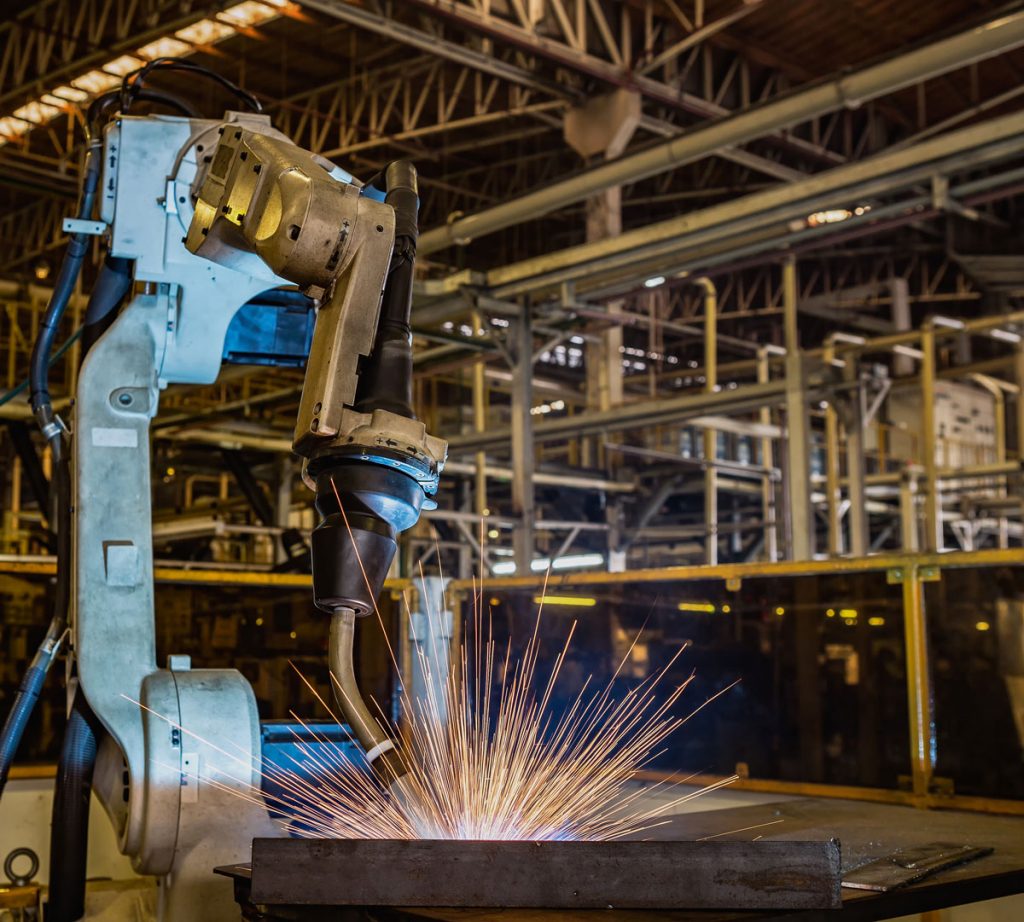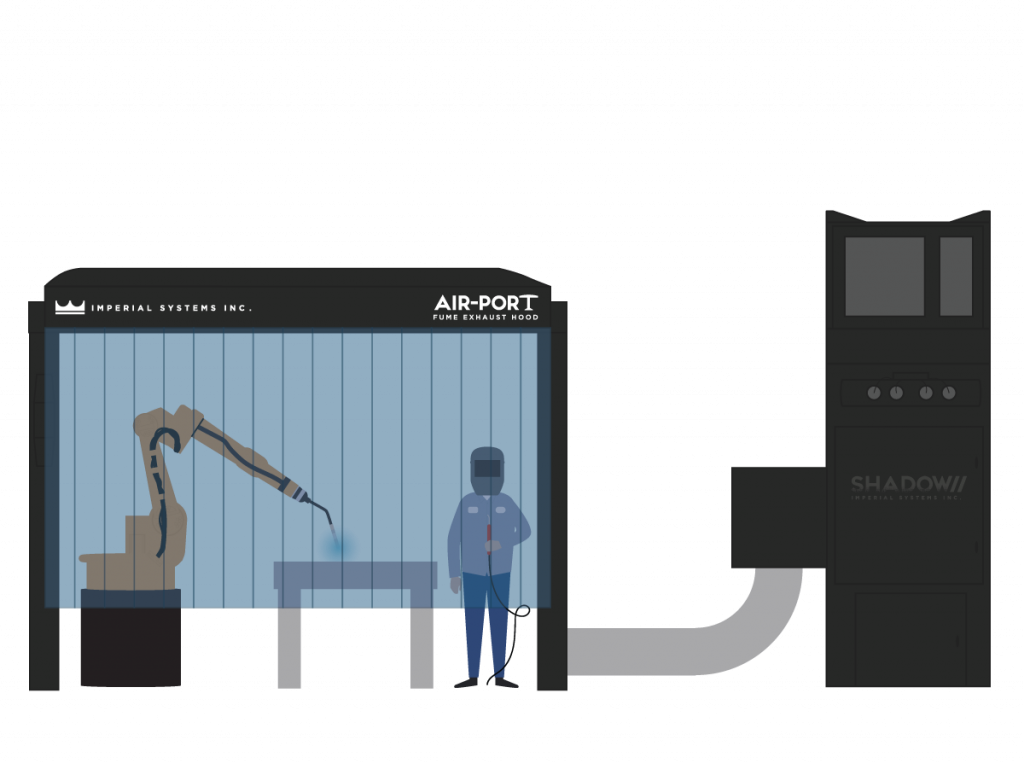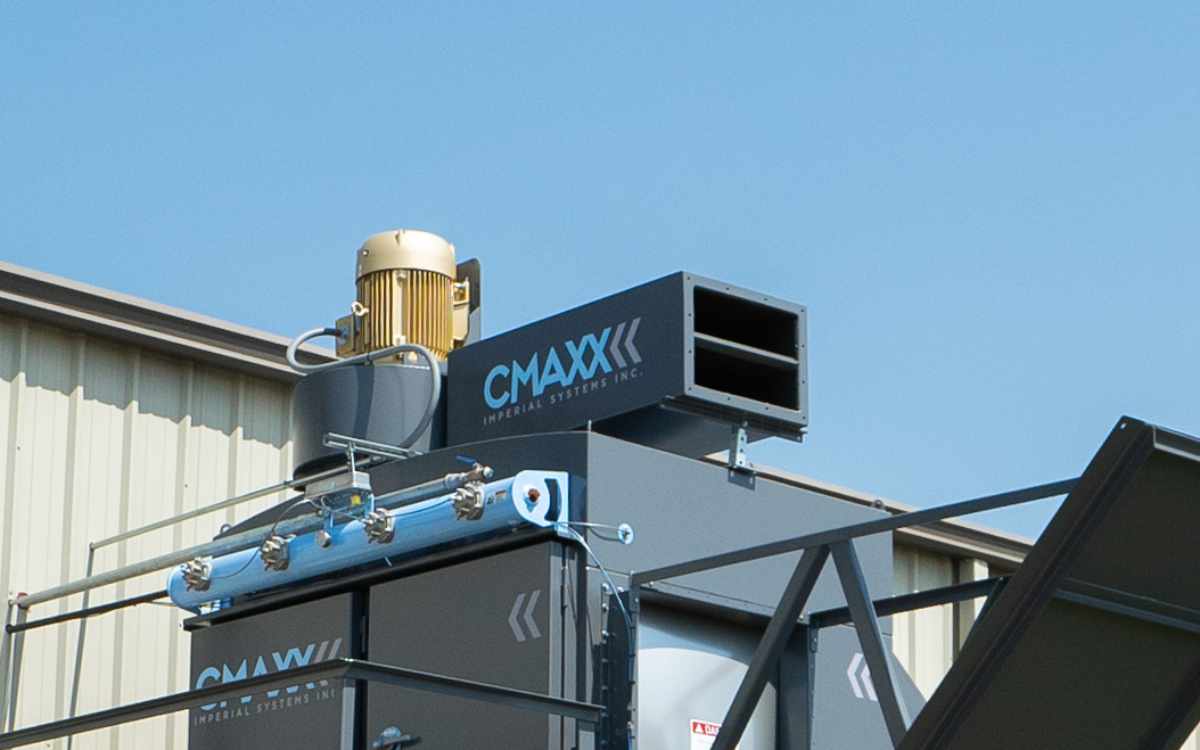Over the last few years, there have been significant shifts in the manufacturing industry. There has been a steady increase in the need for skilled workers and high demand for productivity. Due to these changes, some companies have been exploring options using cutting-edge and modern technology to help to adapt to today’s business model and industry needs with the use of cobots.
What is a ‘Cobot’?
Collaborative robots, also known as ‘Cobots’, are robots that collaborate and operate in conjunction with humans that help create automated solutions within a shared space. The first cobot was invented in 1996 by J. Edward Colgate and Michael Peshkin. Over the years, cobots have been adapted and created by several companies to help change the way that humans can use robot power to help their businesses and productions.
Cobot vs. Robot
Historically, classical industrial robots have been too large and dangerous to work around humans. Cobots are changing that. They allow for human-robot collaboration, working in close proximity with no barriers or fences. Many industries are quickly adopting cobots, including the manufacturing realm. By 2026, their use is expected to grow by almost 42%.
How Do Cobots Work?
The exact shape and size of a cobot will depend on the task that it is programmed to complete and the manufacturer that creates it. However, some cobots are created with features like mechanical arms that can complete tasks in a wide range from welding to painting to drilling. Some cobots may have two arms to increase their productivity and the range of tasks that they are able to complete.
The possibilities are becoming endless for the use of these collaborative robots within multiple industries. They are quickly allowing businesses to adapt their working models to be better suited for the industry’s needs and demands.
Cobot Coworking Benefits
There are many benefits to adding a cobot to your workspace. Cobots are able to fulfill tasks that would have otherwise been dangerous or monotonous for a human to complete. Due to its small, lightweight design, it can carry out tasks where there may be a difficulty for a human because it can be placed in areas where there is little space and can remain stationary for an extended period of time. This can help automate processes within a business and minimize any errors.
Cobots can also provide a solution to labor shortages and increase productivity. Since the beginning of the global pandemic of Covid-19, many industries have struggled to fill open positions and find workers with the skills and knowledge to adapt to the growing needs of product demands and production. With cobots, businesses have been able to not replace workers, but instead, place the robots alongside their workers to help strengthen the production operation and create flexibility in human workload. Cobots take over the mundane and tedious workload while others are able to complete more complicated tasks.
Cobots are easy to install, safer than industrial robots, and allow for flexibility in the workplace as they are adaptable to perform multiple tasks within one operation. Adding a cobot to your workspace can ultimately lead to a more efficient and better performance within your business.
 Dust Collection Is Essential for Cobots and Humans
Dust Collection Is Essential for Cobots and Humans
Having a clean, collaborative environment for humans and robots is vital. Dusty air is a hazard to the health of both your workers and your robotic equipment. Not only does it pose a health risk, but unwanted dust and debris from your facility can also cause costly repairs, damage to your machinery, and interrupt operational productivity.
By adding more equipment to your operation with cobots, dust collection is essential for this application. You can extend the life of your cobot by ensuring that they are a part of a safe and dust-free environment alongside their human counterparts.
A dust collector may be essential to keep your cobots running efficiently and to keep their human counterparts healthy. Cobots may work on a fume exhaust hood or downdraft table to help collect the debris and keep it contained. The Shadow Compact Fume Extractor and Air-Port Fume Exhaust Hood were designed to work together seamlessly for applications such as these. The Shadow’s compact design allows it to fit in small spaces next to cobots or robots, and the Air-Port stands on two legs designed to straddle a cobot or robot cage.
Conclusion
A decade ago, people feared that robots would replace them in the workforce. In recent years, cobots are being welcomed to the working space because of the growing benefits that they offer to a working operation for both employees and employers.
The cobot robots are providing concrete, affordable options for businesses to automate their processes, increase their productivity, and create safe, shared environments that allow their business to adapt to industry needs. Collaborative robots in manufacturing are here to stay.


